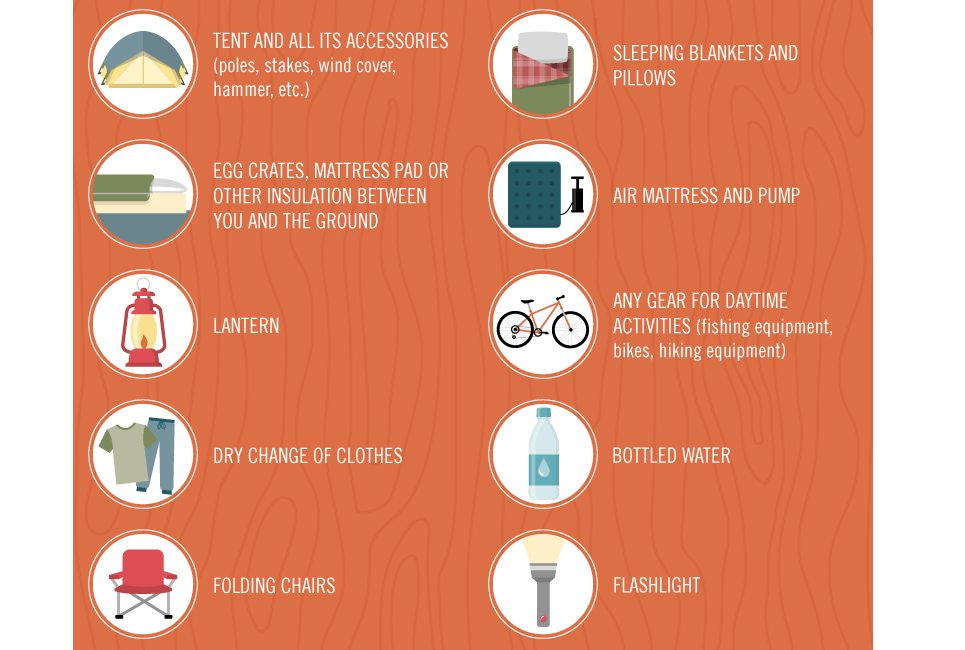While telescopes are a fantastic means to check out the evening skies, field glasses are best for spur of the moment stargazing. They are tiny and mobile, and do not need a tripod.
What are the best quality tents?
Field glasses can assist you choose Saturn's rings, the fragile earthshine on a crescent moon and far-off Neptune, which glows greenish-bluish from methane in its environment. They likewise let you observe open and globular star clusters, and faint nebulae like M17 in Sagittarius.
Magnification
The magnification number is the first thing to look for when shopping for binoculars. This number describes the dimension of the unbiased lens, which establishes just how brilliant an item appears. The larger the lens, the brighter an object will show up.
Remember that magnifying alone will not expose more image detail; the resolving power of the optics is also vital. The smaller sized the solving power, the harder it is to separate objects that are close together.
A large magnifying can additionally reduce the field of view, which limits how vast a location you can see at once. Make sure to check the "field of view" specification on the field glasses you are thinking about, as even models with the same magnifying can have hugely different FOV's! A higher FOV will certainly make it much easier to find and track objects, especially if you're checking throughout the sky. It's also an excellent concept to think about whether you want your field glasses to be photo supported, which will make up for the motion of your hands and produce a single photo.
Field of view
The field of view is the quantity of area that can be observed. This is an essential factor to take into consideration when getting binoculars. The larger the field of vision, the more objects you will certainly have the ability to see without moving the binoculars. As an example, you will be able to situate fast-moving wild birds much easier and more quickly. It will certainly likewise be simpler to situate little nebulas or star clusters in expensive monitorings.
Many field glasses will certainly display the angular and straight field of view on among their barrels. The angular field of view will certainly canvas tent stove be given in degrees and the straight field of view will certainly be specified in feet observed at 1,000 yards or meters observed at 1,000 meters.
Often the angular and linear field of vision will be detailed with each other in a table. It is important to keep in mind that the angular and direct field of visions will certainly be different, also when the magnification coincides.
Eyepieces
The eyepiece is the lens or group of lenses in between the final photo in an optical instrument and the viewer. It offers to magnify that photo, and for that reason establishes its zoom.
Typical field glasses have a central emphasis wheel between both barrels that can be used to concentrate them on an object. They additionally have a small, stiff-turning wheel by the ideal eyepiece called a diopter to compensate for distinctions between a customer's eyes.
Binoculars can be made use of by myopic (near-sighted) and hyperopic (perceptive) users without the demand for eyeglasses. Nonetheless, those with severe astigmatism must still wear their glasses while using field glasses. Field glasses have a larger leave pupil than telescopes, therefore it's easier for the individual to place their eyes in the appropriate placement for seeing things. This helps to stay clear of blurry pictures brought on by vignetting, or darkening of the photo around the edge of the field of vision. A bigger exit student also enables a visitor to move their eyes swiftly from one object to one more.
Tripods
For the very best results with both binoculars and telescopes you will certainly want to utilize a tripod. It does not have to be an expensive camera type tripod either, a lot of binoculars have what is called a tripod adapter port that accepts a typical one and is relatively low-cost and very easy to obtain.
The primary factor that astronomers use telescopes is that their larger aperture supplies better light event which permits them to see greater resolution images of pale deep skies objects, like star clusters and galaxies, while still retaining a large field of vision. Field glasses do not have this ability and, with a little aperture, they can not settle images as dramatically as a telescope.
Can you sleep in a tent in the winter?
With the ideal conditions, nevertheless, it is possible to delight in watching numerous expensive objects with a set of field glasses. Using them to roam the summer season skies for binary stars, or to move amazing star areas on a clear evening is an exciting experience.
